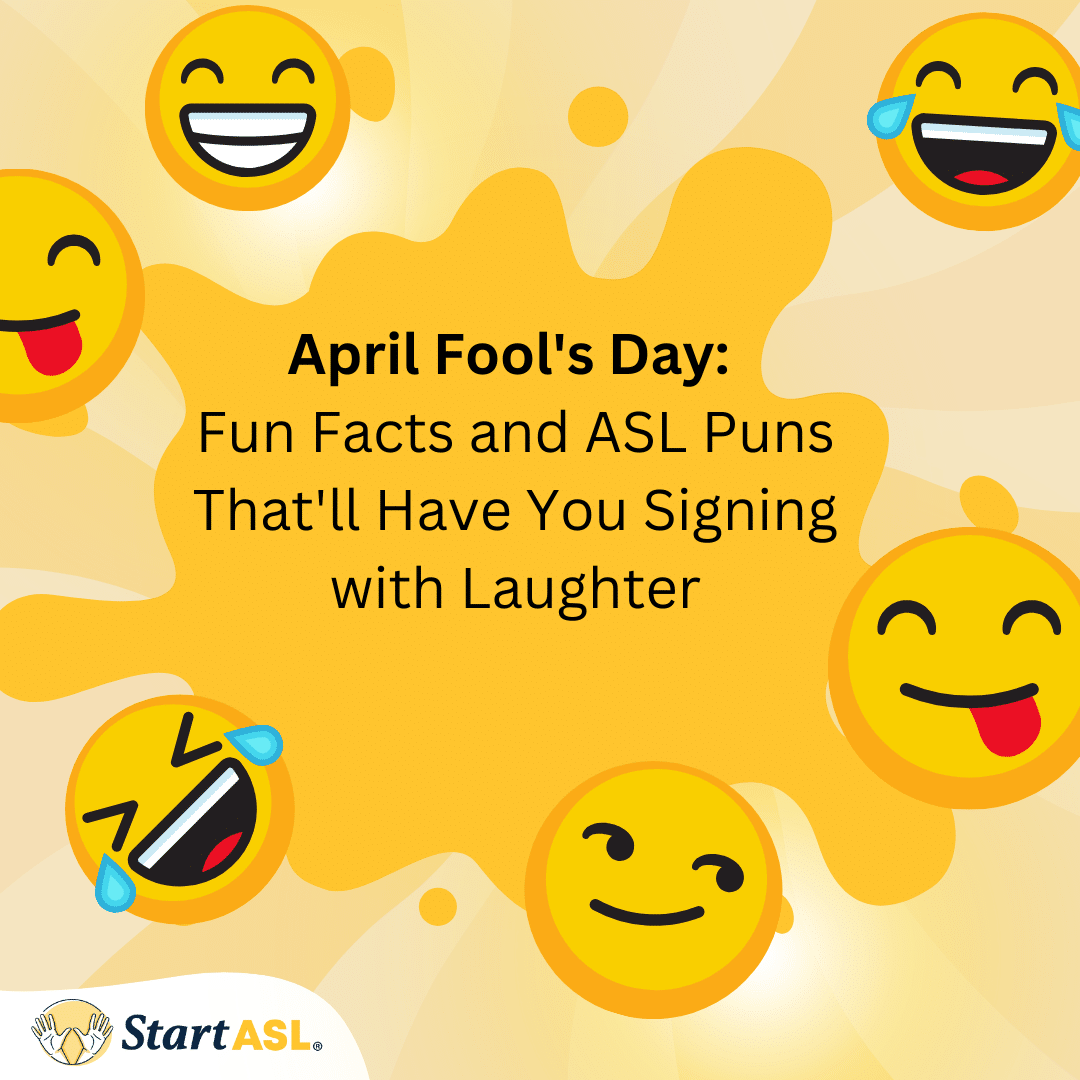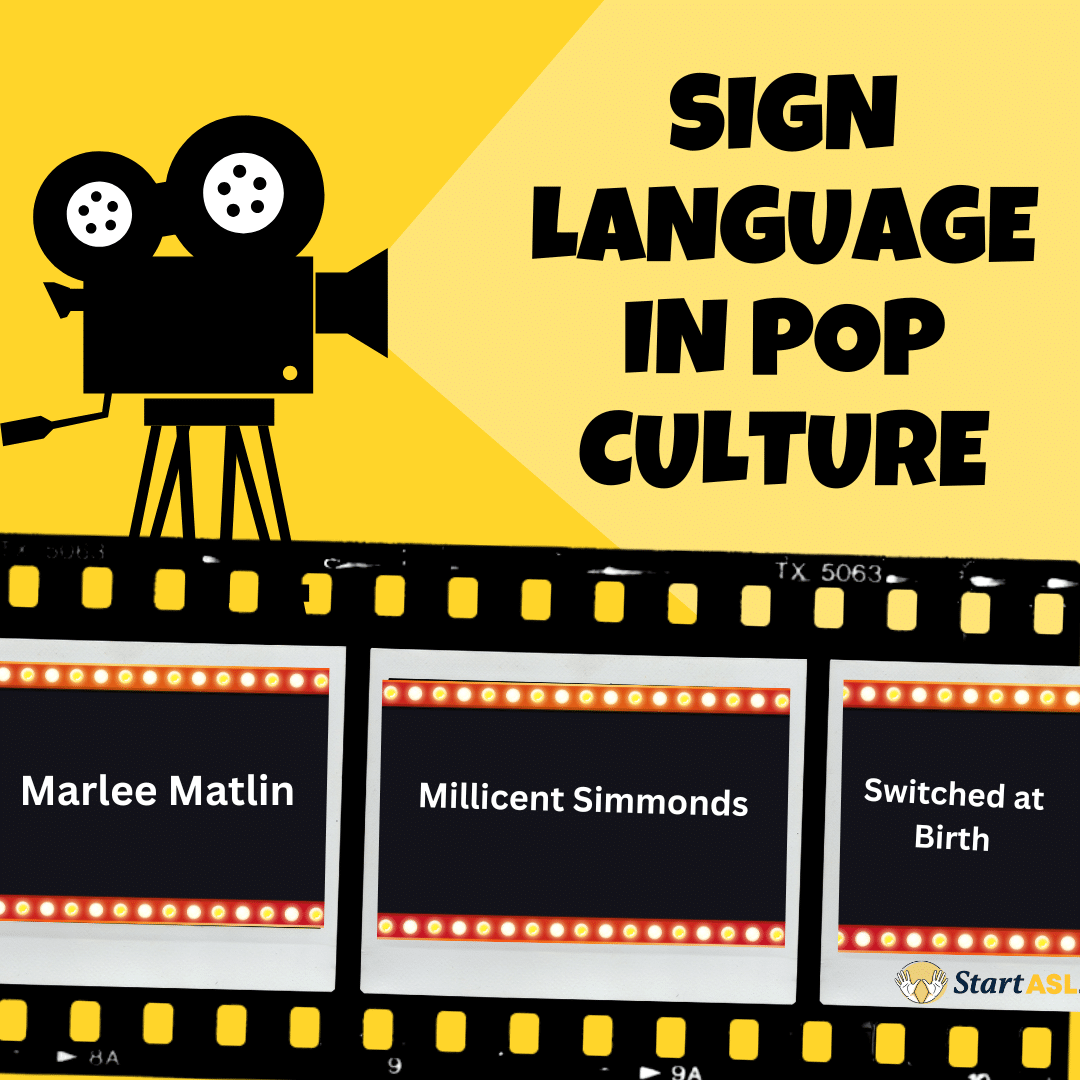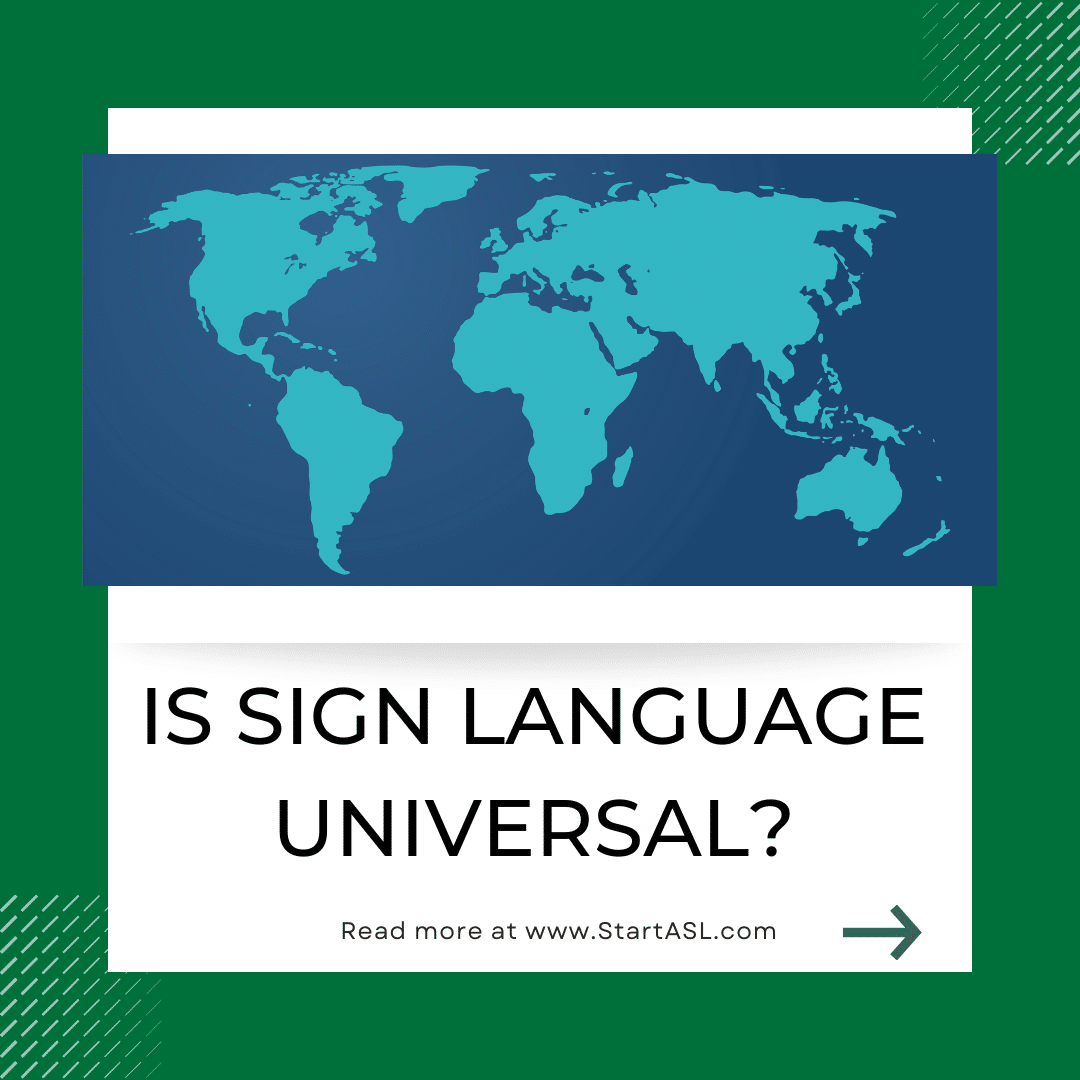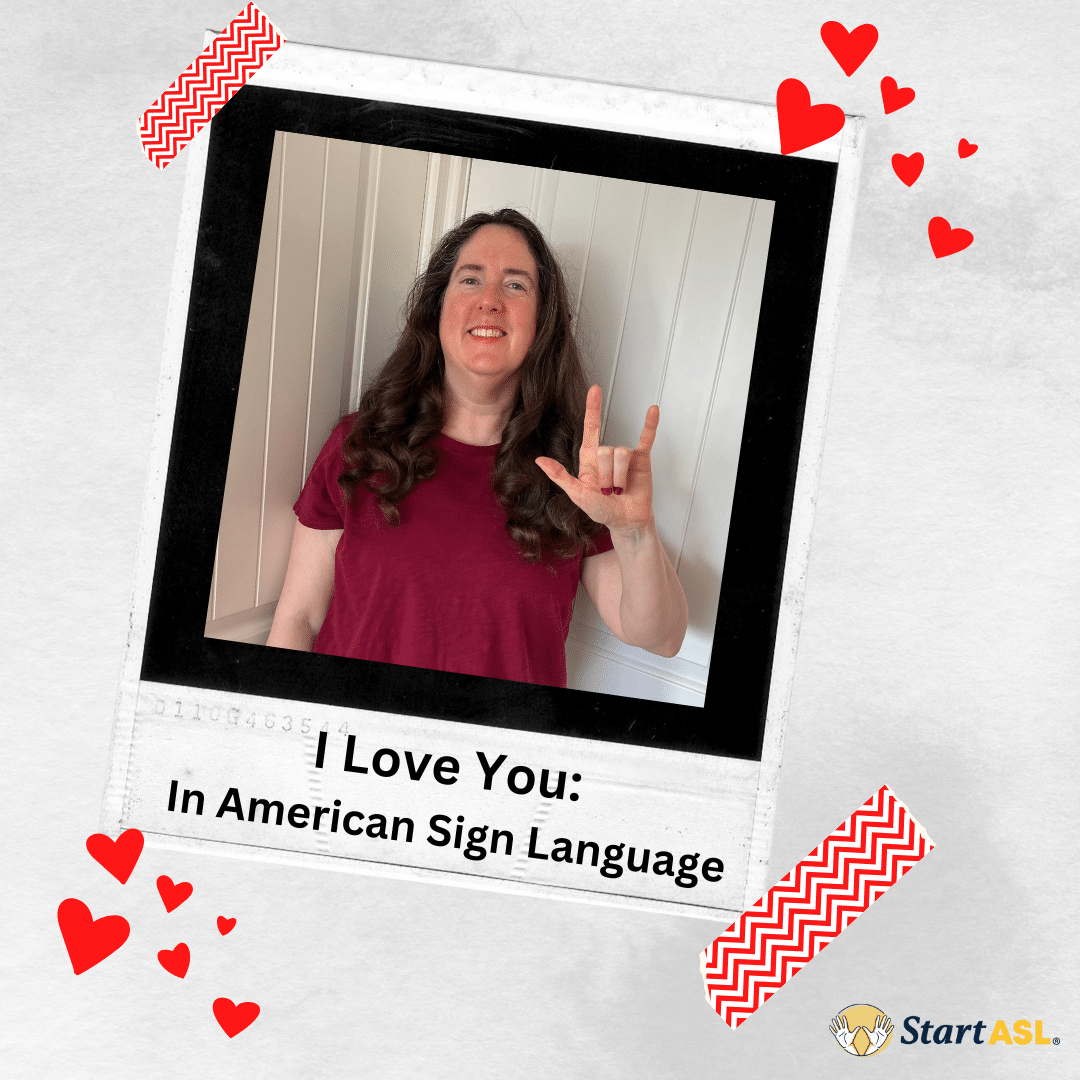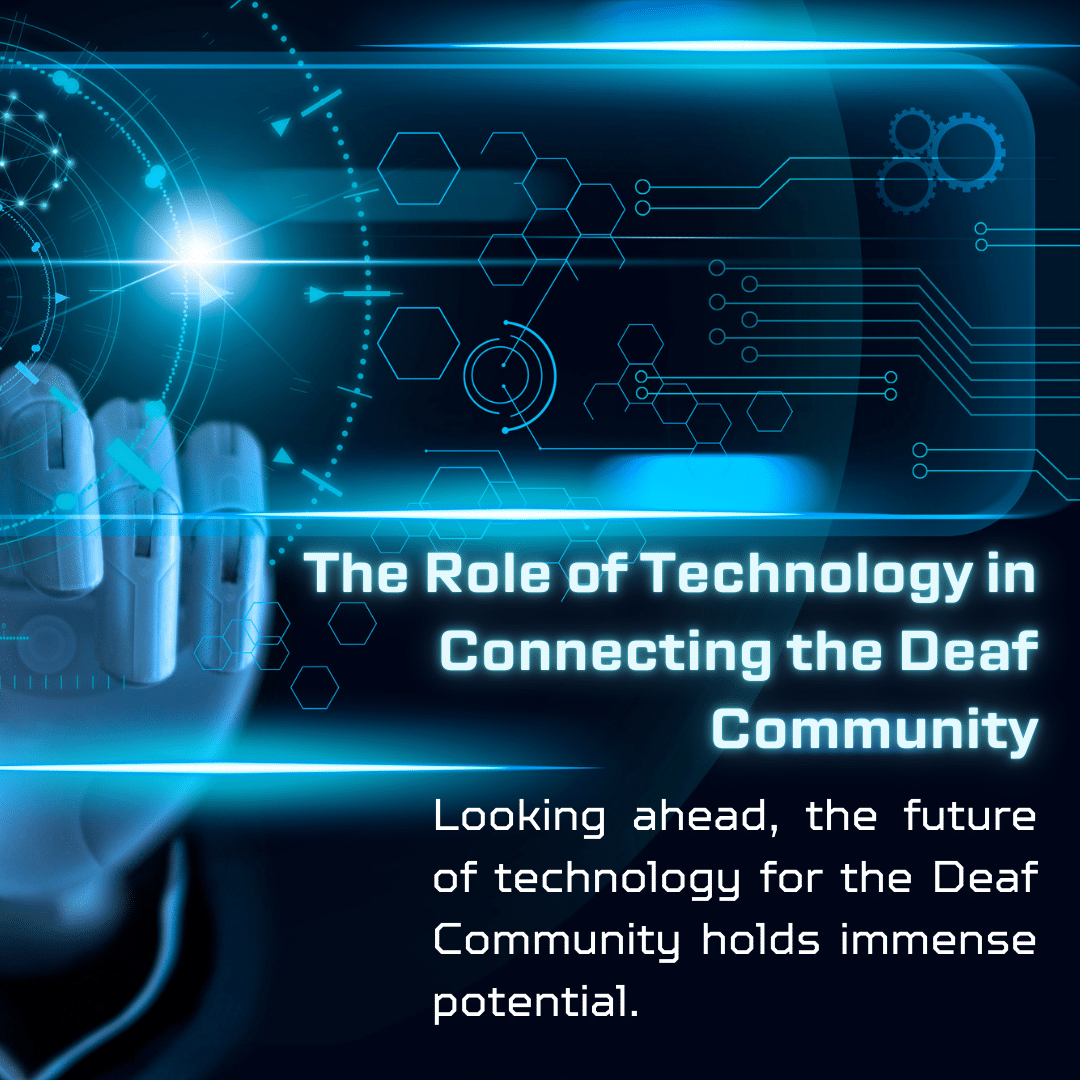
Do You Speak American Sign Language?
- by Katelyn Cheng
- No Comments
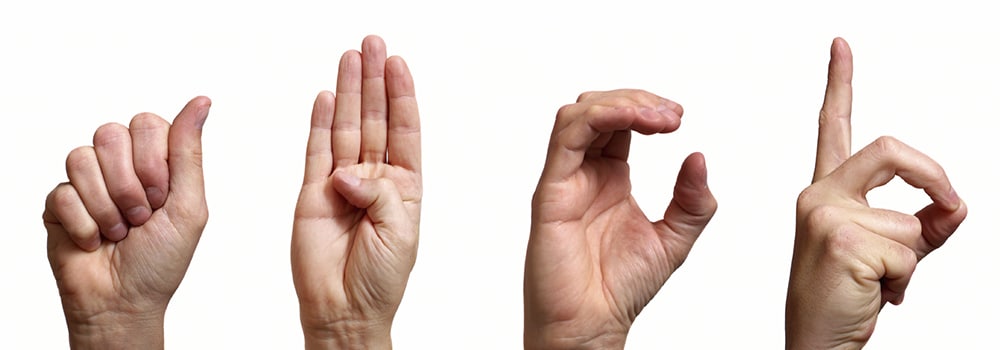
Have you ever been fascinated when people say, “Do you speak sign language?” Sign language isn’t a spoken language, so it does not really make sense to say “speak” as oppose to “know”. American Sign Language is a developed language that is made of hand movements, body language, gestures, and facial expressions. Many foreign languages are spoken and would make sense to say, “Do you speak French?” or “Do you speak Italian?” On the other hand, people can ask, “Do you know French?” or “Do you know Italian?” For spoken languages, these questions can go either way. Although, when people ask questions using “speak” or “know” for foreign languages, the term “speak” do not really make sense for ASL. Someone brought a good point of equality. If in the hearing world, people ask, “Do you speak Spanish?” then to be fair for Deaf people to not feel different than hearing people is to ask, “Do you speak ASL?” Although, this is true, it still would not make much sense because ASL is not a verbal language and would be more appropriate to say, “Do you know sign?” or “Do you know ASL?”
American Sign Language is very visual and was developed in 1817 by Thomas Gallaudet when he went abroad to find study methods to teach Deaf people. It began that Gallaudet was visiting his family in Connecticut where he met Alice Cogswell who became deaf from a type of meningitis known as “spotted fever”. Gallaudet saw noticed that Alice was very bright and he wanted to educate her in reading and writing. However, Gallaudet didn’t know the most effective way of educating a deaf child. He and Alice’s father Mason Fitch Cogswell knew a formal school would be the best option for her, but a school for the deaf did not exist in the United States. While Gallaudet was in Europe, he met a French deaf teacher named Laurent Clerc. In 1816, Gallaudet and Clerc returned to the United States, Gallaudet began seeking financial support for a school for the deaf and mute, which had already been incorporated by the Connecticut Legislature. Together, they established the American Asylum for Deaf-Mutes in 1817, which is now known as the American School for the Deaf. In 1864, today’s Deaf university, known as Gallaudet University, was founded. Today’s ASL was strongly influenced by Deaf students who graduated from American School for the Deaf, who passed down the sign language and Deaf cultural experiences. Furthermore, ASL became one of the most used languages in the United States.
If you are interested in learning American Sign Language, there are many great resources out there where you can learn ASL. One of the resources is StartASL.com. We offer two packages, a Silver and a Gold package. Both of these packages include
- Our Advanced Online Classroom with Interactive Activities, Grading, and Progress Tracking
- Don’t Just “Sign”… Communicate! PDF Textbooks Included
- Certification of Completion for each course level
- Our exclusive LIVE Virtual Practice Events
- Exclusive Community Group Membership
- Start ASL Instructor Support With Curriculum and ASL questions
- Instructor Written Feedback on your signing assignments
and the Gold package offers more features than what is listed above:
- Instructor Video Feedback on your signing assignments
- Virtual Office Hours with Instructor
- Priority Email Support
- Verified Completion Certificates and Grade Reports*
- Bonus DJSC! A Student’s Guide to the Deaf Experience and DJSC! A Students Guide to Deaf Community Terminology PDF E-books
- Bonus Vocabulary Study Sheets, Worksheets, and Sentence Practice Worksheets
- Bonus Anki Digital Vocabulary Flashcards
Start ASL also offers offline course, teacher’s package, and homeschool package.
ASL is not universal. There are international sign languages that are unique to each countries. The sign languages of each countries. For instance, American Sign Language and Israeli Sign Languages are their similarities but they also have their differences.
DIFFERENCES
USA has a lot of Deaf accessibilities and accommodations that support the Deaf community strive to be successful and independent in life. For instance, ASL interpreters will always be readily accessible and ASL interpreting is a profession just like any other job. Whereas in Israel, they only have 60 hours a year per deaf person for any interpreting they need, but once the interpreter use up the 60 hours, they will have to wait for the next year to renew those hours. This is problematic in Israel because there is not enough hours for interpreting in college/university and a lot of people have complained about that. In addition, there are lots of Deaf-owned businesses and part of these businesses provide Deaf services for the Deaf and hard-of-hearing community. These businesses are DCARA, CSD (Communication Service for the Deaf), Purple Communications, and many more. Other Deaf-owned varies from food to art & creativity to fitness to real estate to planner and so forth (“Deaf-Owned Businesses“). In Israel, however, there aren’t many Deaf-owned businesses in comparison to the US. There are only two Deaf-owned restaurants, BlackOut and Cafe Kapish in Tel Aviv and one Deaf museum known as Holon Deaf Museum. There are famous Deaf people in the Deaf community such as Erza, who is a Deaf personal trainer, or there are Deaf photographers. In Israel, Deaf sports are more popular than in the US. They have Deaf basketball and Deaf soccer that joins Deaf regional and international tournaments. Sometimes the highly talented Deaf team will try play professionally. If they win professionally then they will become one of the professional teams. In comparison to the US, there is Deaf football and there are regional tournaments. Also, in Israel, they have an after school Deaf program.
Another difference is that the sentence structure and grammar between ASL and ISL are different. For a sentence, “I am going to the store.” ASL sentence structure is “STORE I GO” whereas in ISL the sentence structure and grammar is the same as spoken Hebrew, “I am going to the store.” Note that not only ASL and ISL are different in their sentence structures, but also ASL’s sentence structure and grammar differs from spoken English. Also, in ISL, the adjective of the word is flipped. For example, “red flower,” instead it would be signed as “flower red.”
There are different modalities of sign languages in America as follows ASL (American Sign Language), PSE (Pidgeon Signed English) , SEE (Signed Exact English), Cue Speech, and Total Communication. You can read more here about these types of modalities. ISL used to have PSE. The signs were signed using the first letter of the word, but overtime ISL evolved and modified and no longer uses PSE. There is only one form of sign language in Israel, which is Israeli Sign Language.
SIMILARITIES
While there are differences, there are similarities such as Deaf, deaf, and hard-of-hearing are also used in Israel. Deaf applies to people who grew up with their first and primary language is Israeli Sign Sign Language, and are heavily immersed in the Deaf community. Small “d” deaf or hard of hearing refers to people who grew up orally, and wears hearing aids or cochlear implants. These grew group of people grew up in the hearing world. You can read more into details here. Other similarities such as cultural norms including being blunt and asking taboo questions are completely appropriate. Similarly to the hearing world in America, hearing people in Israel also follow “beating around the bush” and avoid asking taboo questions as these are seen as rude to others. You can read more about the cultural differences between the Deaf and hearing. Another example of a similarity is that keeping eye contact, tapping, switching the lights, stomping the ground, or waving are common ways to get other D/deaf people’s attentions. In ASL and ISL, people have their different unique styles of signing of how they express themselves as well as there are multiple ways to sign a vocabulary. Deaf socials are very popular. (“Deaf Community Entertainment, What’s it like?“) In Israel, Deaf socials are very popular. Similarly to the USA, there are Deaf Night Out and Deaf theater. However, Deaf theater is not as popular as the ones in the US, but there are some Deaf people have performed in short films.


